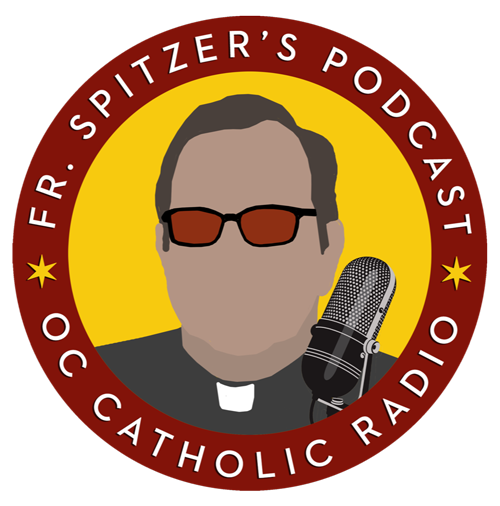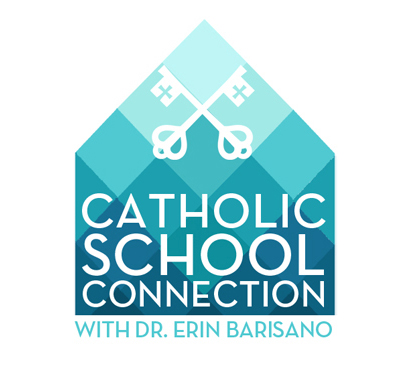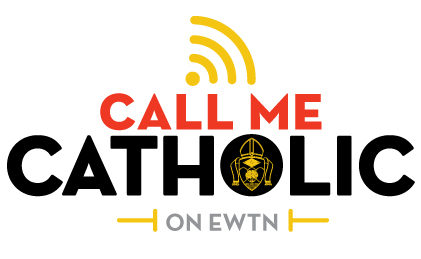Perhaps now more than ever, academic success – as well as lasting faith formation – for students in the Diocese of Orange Catholic Schools depends on family members’ dedication in addition to the children’s hard work, say diocesan school leaders.
“It takes the child, the parents, and the schools working together to support students in this journey,” says Mike Schabert, associate superintendent for marketing and enrollment. “I call it the three-legged stool. The families who want to take full advantage of the gifts our system and our schools offer know that it begins with faith formation efforts at home.”
Parents who want to be proactive will encourage their children by engaging in the faith themselves, he notes, by reading spiritual books, listening to Catholic podcasts, becoming involved in parish life. “When that doesn’t happen, it is much more challenging for our students to take full advantage of the programs we offer.”
The beauty of the Catholic schools is that even the largest are small communities where parents can communicate easily one-on-one with teachers, school counselors, and principals, notes Dr. Erin Barisano, superintendent of schools.
“From a practical standpoint there is a greater probability of student success in having that direct access and line of accountability,” Dr. Barisano says.
“Our schools do a wonderful job in providing opportunities for parents to grow in their faith themselves,” Schabert adds, through special Masses, school assignments, and other parish opportunities.
The coronavirus pandemic has created a number of logistical challenges, including extra time and effort to sanitize facilities and for hand-washing, Dr. Barisano says. “It’s definitely been a challenge, but the ability of our schools to be innovative and smart enough to be flexible, make the necessary changes, and to be adaptable has been impressive.”
Without public-school bureaucracies, she notes, the Catholic schools were able to successfully pivot as they met the demands of both virtual and in-person curricula. “Even if we experience bumps in the road, we navigate them effectively and swiftly, keeping the well being of our teachers, principals, and children in mind.”
With families experiencing job loss, economic uncertainties, and health issues, it’s vital that parents and children recognize that the Catholic schools are their partners, Schabert observes.
“We are not working against, but for you,” he notes. “Everyone is here because we care about our faith, our future, and our children. We are workers in the vineyard doing everything in our power for the children.”
Regarding issues created by COVID-19, Dr. Barisano says everyone must be patient. “We can offer grace and understanding to each other because that benefits all of us,” she says. “Sometimes emotions are fueled by our fear of the unknown. But this is a journey – we must embrace the spirit of journeying together.”
In spite of the pandemic, students, parents, and teachers are happy to be back in class face-to-face.
“The universal response from teachers and principals was their surprise at how overjoyed the kids were to come back, especially on day one,” Schabert says.
“They were just filled with joy,” he adds. “They walked in with their masks on and just took things as matter of course.”
Parents interested in pursuing Catholic education for their children can email Schabert at [email protected] or call him at
714-282-3114










